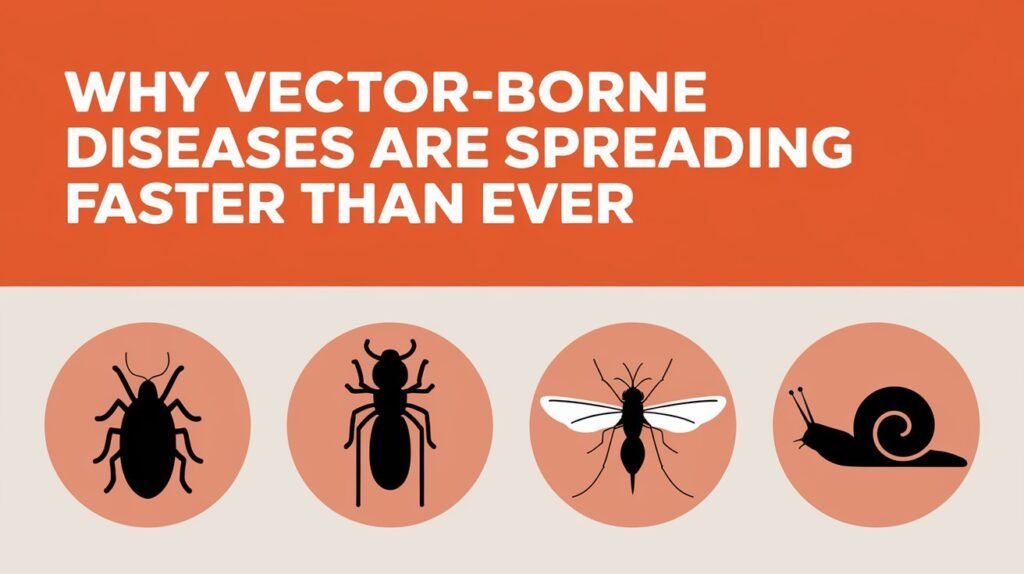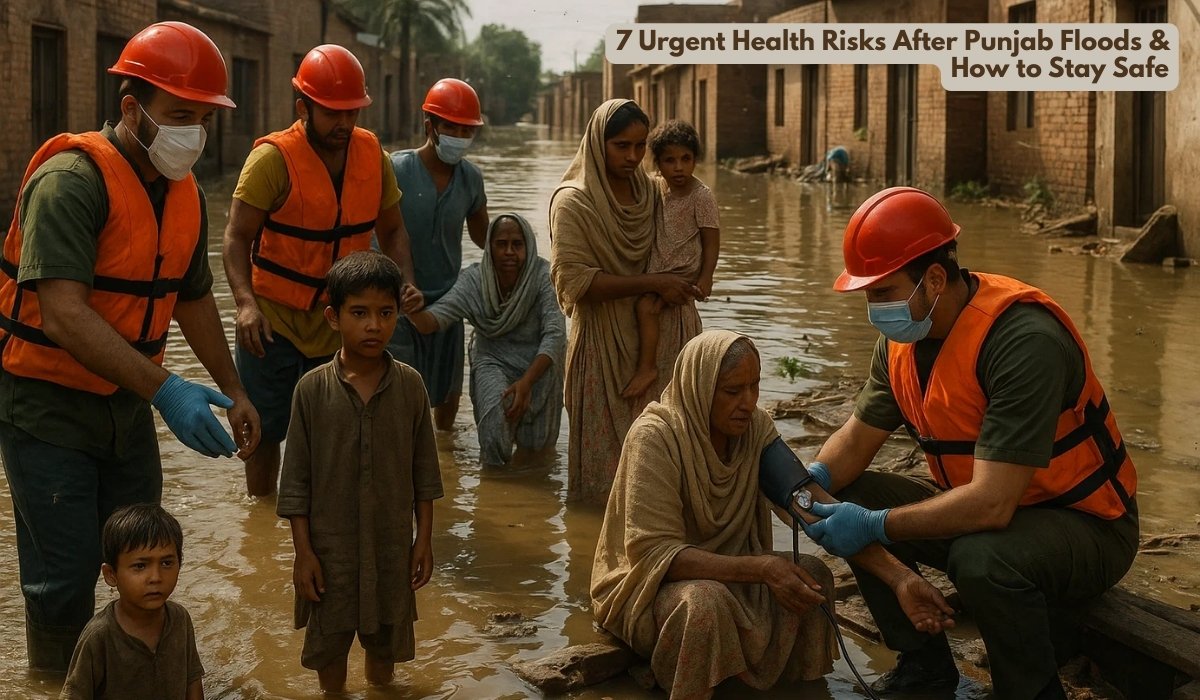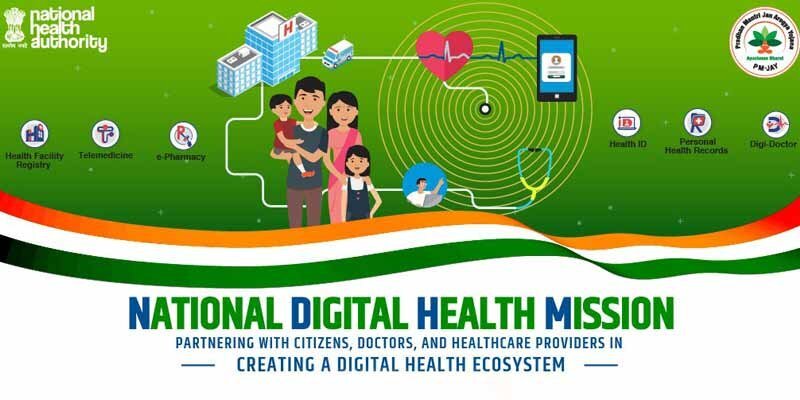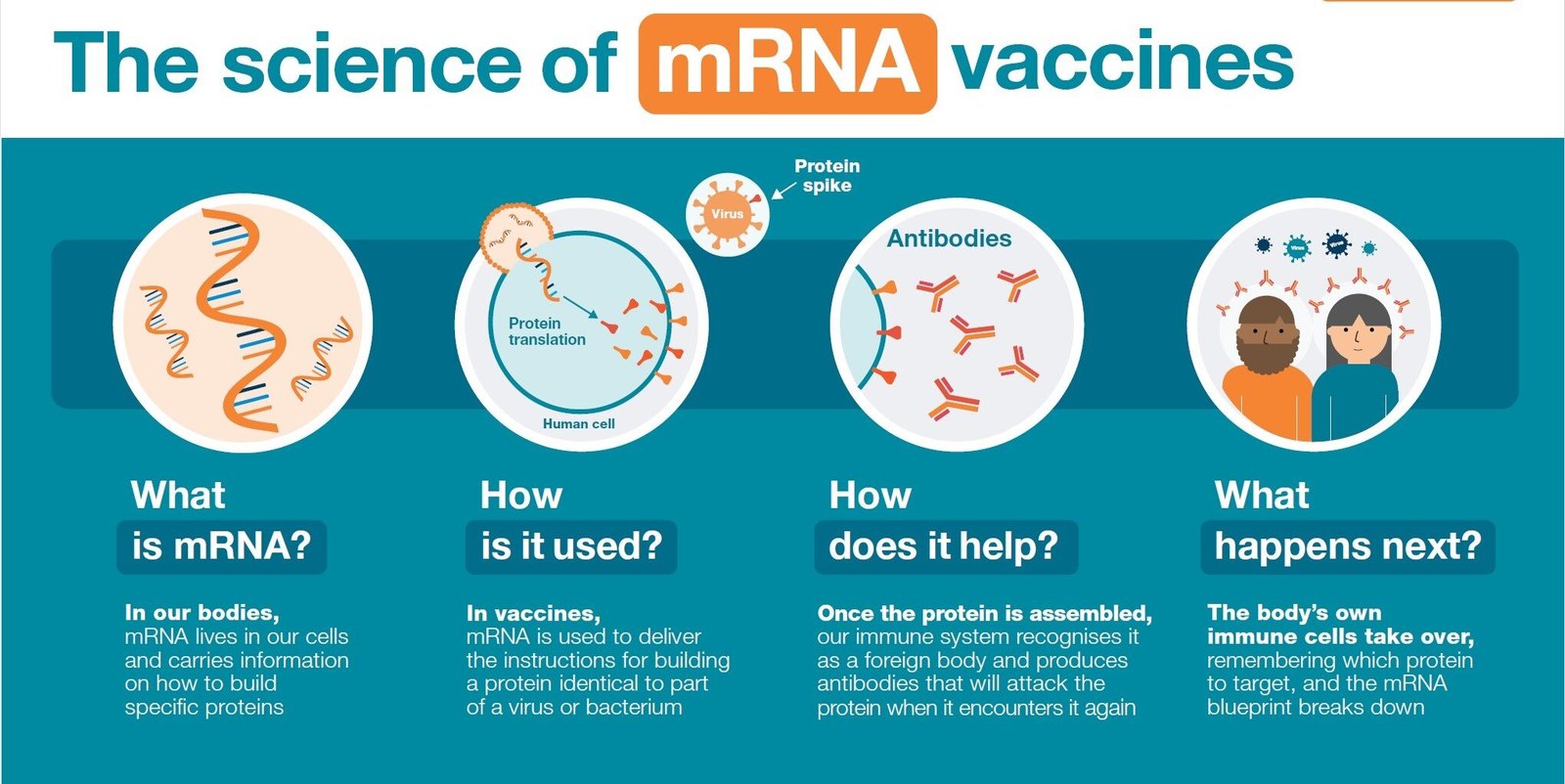Vector-borne diseases are on the rise across the globe, raising serious public health concerns. From dengue to malaria, chikungunya to Zika, the frequency and spread of these diseases have accelerated at an alarming pace in recent years. Health experts warn that unless global and local action is taken urgently, these illnesses could spiral out of control.

🌍 What Are Vector-Borne Diseases?
Vector-borne diseases are infections transmitted to humans and animals by blood-feeding arthropods, such as mosquitoes, ticks, and fleas. These include:
- Malaria
- Dengue Fever
- Chikungunya
- Zika Virus
- Lyme Disease
- Yellow Fever
- West Nile Virus
According to the World Health Organization (WHO), more than 17% of all infectious diseases are vector-borne, causing more than 700,000 deaths annually.
🔬 Why Are Vector-Borne Diseases Spreading Faster Than Ever?
1. Climate Change Accelerating Vector Habitats
Rising global temperatures, changing rainfall patterns, and longer warm seasons have drastically expanded the habitats suitable for disease vectors like mosquitoes.
- Warmer climates help mosquitoes breed faster.
- Unusual rain patterns create stagnant water – perfect breeding grounds.
- Tropical and sub-tropical regions are now seeing vectors appear in temperate zones.
“We are witnessing the northward and altitudinal spread of malaria and dengue mosquitoes,” says Dr. Renu Arora, an entomologist with the Indian Institute of Tropical Health.
2. Urbanization Without Planning
Rapid urban growth without adequate infrastructure has led to:
- Poor drainage and water storage systems
- Overcrowded slums and settlements
- Increased human-mosquito contact
Urban heat islands also create micro-climates that promote mosquito breeding year-round.
3. Global Travel and Migration
The ease of international travel has turned what were once localized outbreaks into global health threats.
- Infected travelers unknowingly carry diseases to non-endemic areas.
- Migrant movements, especially from conflict zones, spread diseases into new populations.
For instance, Zika virus spread from Africa to the Americas within a few years due to global travel and trade.
4. Insecticide and Drug Resistance
Overuse and misuse of insecticides have resulted in vector resistance, making control efforts less effective.
- Mosquitoes resistant to DDT and pyrethroids are now common.
- Malaria parasites have developed resistance to antimalarial drugs like chloroquine.
“What once worked in public health is no longer effective, and that’s a massive challenge,” warns WHO advisor Dr. Nina Alvarez.
5. Lack of Awareness and Preventive Measures
Public apathy and misinformation continue to fuel the spread of vector-borne diseases.
- Inadequate use of mosquito repellents
- Poor sanitation practices
- Resistance to vaccination programs in some communities
🏥 Recent Outbreaks Reflect the Alarming Trend
| Disease | Location | Year | Reported Cases |
|---|---|---|---|
| Dengue | India | 2024 | Over 2.2 million |
| Malaria | Sub-Saharan Africa | 2023 | 247 million |
| Zika | Brazil | 2024 | 27,000 |
| Chikungunya | Southeast Asia | 2025 | Rising rapidly |

🧪 Are We Prepared to Tackle the Threat?
Global health agencies, including the WHO, CDC, and national governments, are scaling up vector control programs. Innovations include:
- Genetically modified mosquitoes
- Community-based sanitation programs
- Surveillance through satellite and AI tools
Still, experts stress that preparedness must be holistic, involving:
- Climate action
- Urban planning
- Cross-border cooperation
- Health education campaigns
📢 What Can You Do to Prevent Vector-Borne Diseases?
✔️ Personal Protection
- Use insect repellents (DEET, picaridin)
- Sleep under insecticide-treated nets
- Wear long sleeves and pants
✔️ Environmental Control
- Remove standing water from pots, tires, tanks
- Keep surroundings clean and dry
- Support local fogging and spraying efforts
✔️ Community Engagement
- Educate neighbors and schools
- Participate in local health drives
- Report symptoms early to health authorities
🧠 The Bigger Picture: Vector-Borne Diseases and Global Health Security
As the world becomes increasingly interconnected, vector-borne diseases threaten not just health, but economies, education systems, and travel. Governments must prioritize sustainable urban growth, climate resilience, and public awareness to mitigate the risks.
📌 Final Word
Vector-borne diseases are no longer confined to the tropics or developing nations—they are a global crisis in the making. With the convergence of climate change, rapid urbanization, and mobility, the threat is growing by the day. The time for reactive measures is over. Only proactive, science-driven, and inclusive strategies can contain this silent epidemic.
For more updates on health, disease outbreaks, and safety tips, stay connected with Chandigarh UT.














